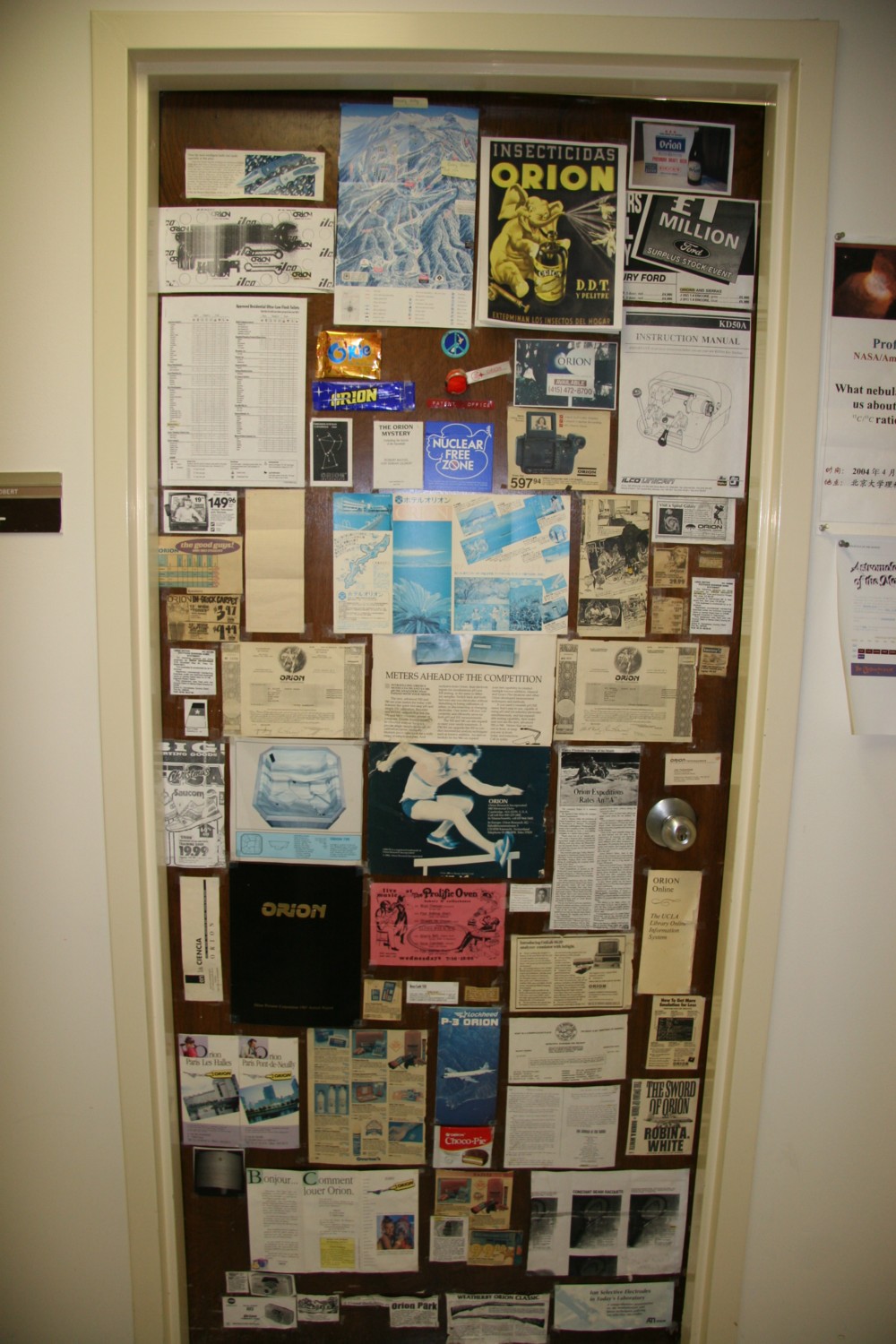Recently, I’ve been playing around with Machine Learning frameworks some more. In particular, I’ve been fascinated by the potential uses of on-device machine learning using Tensorflow Lite. After open sourcing my first Flutter project, I started playing around with the tflite Flutter package. It had a great example app that I was able to adapt to try out any tflite image classification model I could create.
So, I started playing around with different ideas for apps that would use on-device machine learning to provide utility to end-users. Unfortunately, as I’m sure many folks can relate to, simply coming up with a useful dataset has proven quite a challenge. However, over many iterations of trying out different data sets and different ways to build ML models for image classification, I ended up creating my own little framework that can easily adapt to modeling most simple image classification scenarios.
The GitHub repo auto-classify-images provides keras scripts, as well as a docker container, that handle most of the complicated process of installing software dependencies and setting up the software environment. The only real headache left for the users is getting their CUDA/NVIDIA drivers correctly installed.
Anyway, I’ll be posting more results from my experimentation as I can, but I wanted to give a quick shout out to my new open source project. Please check it out, play with the code, and let me know what you think!
GitHub auto-classify-images repo: https://github.com/dannydabbles/auto-classify-images
